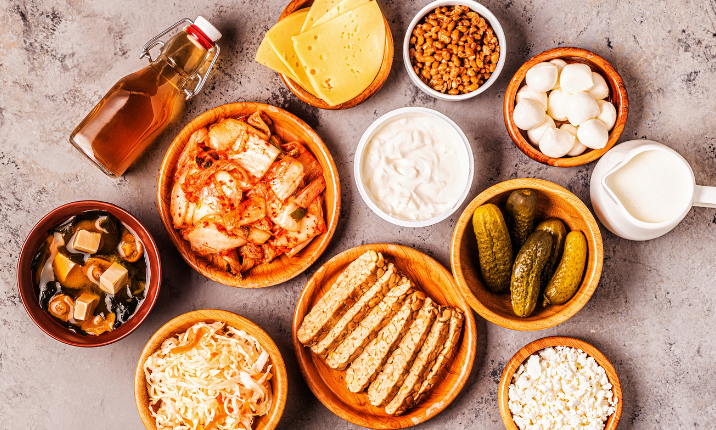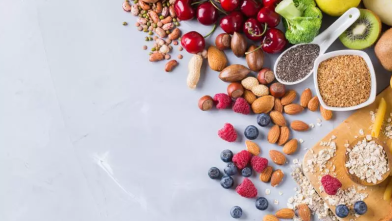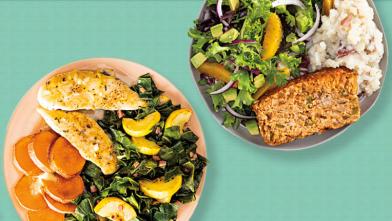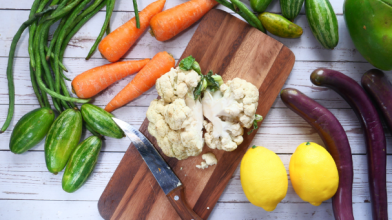Probiotics are live organisms that provide health benefits when consumed or applied topically.
What Do Probiotics Do?
The primary reason people consume probiotics, whether as a supplement or in probiotic-rich foods, is to improve gut health. Research is ongoing, however, the potential benefits of probiotics including treating gum disease, inflammation, and even high blood pressure.
Probiotics work by filling the gut with “good” bacteria and helping maintain a healthy balance of microorganisms in what is called the gut microbiome or microflora. This microbiome is made up of trillions of bacteria, fungi, and other microbes. It helps with digestion, nutrient absorption, and immune system regulation.
Which Foods Contain Probiotics?
While probiotics are available as dietary supplements, they can be consumed as part of a healthy diet in a variety of foods. Fermented foods are particularly rich in probiotics. If you want to increase your probiotic intake, try shopping for some of these foods:
- Yogurt with live and active cultures with less than or equal to 10g of added sugar per serving
- Kefir, a fermented dairy drink similar to but thinner than yogurt
- Traditional buttermilk
- Cheeses that have been aged but not heated afterwards, like Swiss, provolone, Gouda, Edam, Gruyère, and cottage cheese
These probiotic-rich foods are higher in sodium, so keep your portions small:
- Sauerkraut, a fermented cabbage often found in German food
- Kimchi, a Korean dish traditionally made with fermented cabbage and spices
- Kombucha, a drink of fermented tea—but be mindful of additional carbs and sugar
- Miso, a Japanese paste made of fermented soybeans that is often used to make miso soup
- Pickled vegetables, like carrots, cauliflower, and turnips
- Green olives
- Tempeh, an Indoneasian meat substitute made of fermented soybeans that is similar to tofu
How to Add Probiotics to Your Diet
It’s important when shopping for any of these fermented foods that they aren’t processed in a way that reduces beneficial bacteria. Choose foods with labels that note they contain live and active cultures. It’s also important to discuss incorporating probiotics in your diet with your doctor.
How to Cook Foods Containing Probiotics
The first thing to know is that you can’t use heat. You want to keep these precious probiotics in their natural and most beneficial state, and using heat will destroy the beneficial bacteria.
Meal Ideas with Probiotics
- Breakfast: Start your morning with yogurt or kefir. Eat them on their own or top an oatmeal bowl with yogurt and some nuts and berries. Try mixing things up with this Blueberry Lemon Yogurt Parfait.
- Lunch: Add small amounts of pickles, sauerkraut, or kimchi to a sandwich or a salad. These probiotic foods are higher in sodium, so keep your portion size small. You could also try making these pickled brussels sprouts.
- Snacks and dessert: Snack on a few olives and Swiss cheese for an afternoon treat. For dessert, make our Fruit Salad with Honey Yogurt or Mousse Greek Yogurt Chocolate.














